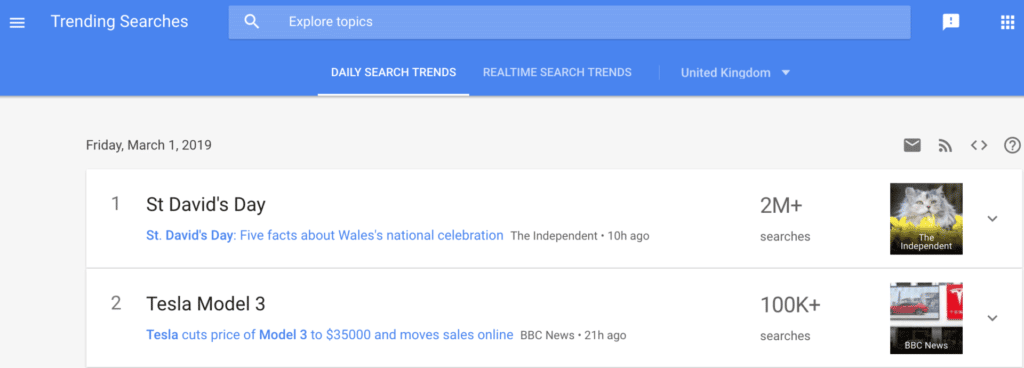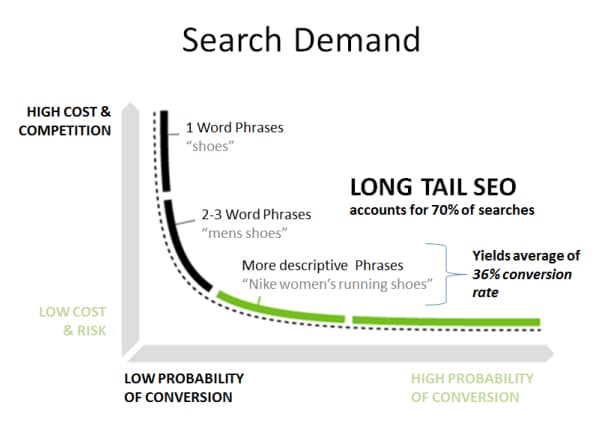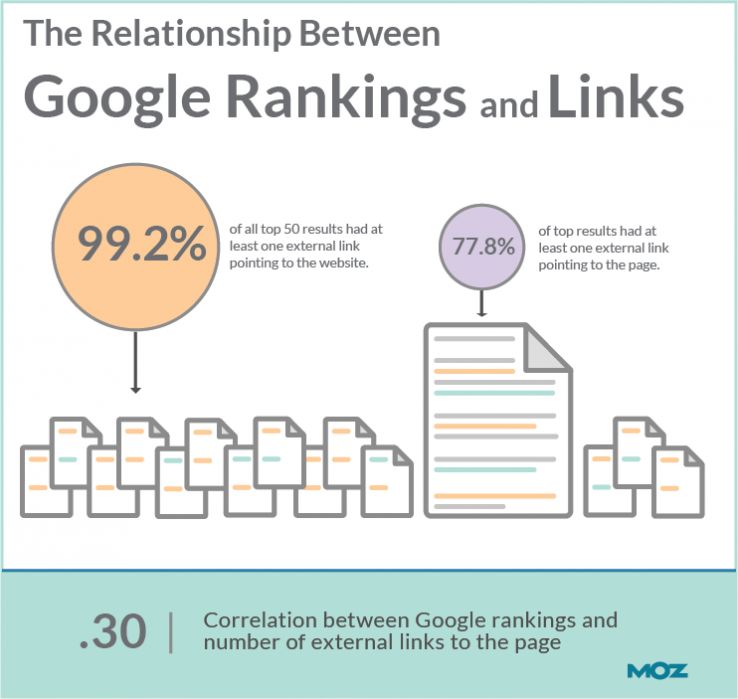No one writes blogs for the sake of reading their own writing. Your blog isn’t about you, but rather informing your readers, attracting people to your site, and building your reputation as a trusted expert. Of course, none of that will happen if no one can find your blog online.
Search engine optimization, or SEO, is a vital part of blogging because it ensures that more of the right people find your blog through organic search (aka traffic you don’t have to pay for).
Some bloggers hesitate to learn about SEO because they worry that it will cheapen their content or won’t appear authentic, and if you’re one of those people, I have news for you: if you do it the right way, no one will even know.
Start with these tips on SEO for blogs if you want organic, relevant growth that will help your blog succeed.
1. Write About Hot Topics
I don’t need to tell you that the typical person’s attention span is like a hummingbird, flitting from one article to the next. Use this to your advantage by incorporating the latest trending topics into your blog.
For example, COVID-19 is on everyone’s minds right now. You could write a blog that connects COVID-19 to your audience, such as how the virus is affecting your industry or share some uplifting thoughts to get people through this stressful time.
If you’re coming up empty on the topic thought train, try Google Trends. This tool uses Google’s own data to dive into users’ search activity to come up with relevant ideas. You’ll not only find specific subjects, but also the keywords they’re searching for related to that topic.

2. Keep a Clean Format
Blogs shouldn’t look like an endless information dump with block upon block of text. Instead, Marie Kondo your writing with a clear, digestible organization scheme.
Leverage headings, subheadings, numbered lists, bulleted lists, and images to break up your content and make it more readable (I do this with all of my blog posts if you need some visual inspiration). Keep paragraphs to three concise sentences at a maximum.
Also, consider how your blog posts look on mobile devices. Sure, a five-line paragraph looks okay on a desktop monitor, but on a mobile phone, it could turn into a massive text wall that takes up the whole screen. Now that more than half of web traffic comes from mobile devices, you can’t ignore the way your blogs look to mobile users.
You want your reader to be able to look at the blog, immediately know what they’re about to learn, and most importantly, want to keep reading in order to learn it.
3. Focus on Long-Tail Keywords
A long-tail keyword is a longer, more detailed phrase as opposed to a search term with one or two words. For example, “wine rack” is a short-tail keyword, whereas “how to build a wine rack” is a long-tail keyword. Long-tail keywords are more specific and help you create content based on user intent.

Using longer keywords helps your SEO in several ways. First, you’re more likely to show up on search results because long-tail keywords tend to have lower difficulty ratings. For example, many types of websites may be trying to rank for “wine rack,” but far fewer are trying to rank for “how to build a wine rack.”
Also, you’ll get more users who actually want the information you’re providing. Going back to our wine rack example, if your keyword is “wine rack,” you don’t know whether users are shopping for a wine rack, want the scoop on the latest design styles of wine racks, or just want to know what a wine rack is. But if someone lands on your site by searching “how to build a wine rack,” you’ve got an instant connection.
By appearing to users who are more relevant, you get a higher click-through rate, a lower bounce rate, and more time spent on each page — all of which can fuel your growth.
4. Use Images the Right Way
It doesn’t matter how skilled you are as a blogger, there are simply some things images can provide that your written content can’t.
Images break up your text and make the blog more visually appealing. The general rule of thumb is to have one image for every 350 words.
You also need to use SEO practices behind the scenes to make those images work for you. Set alt text for every picture, and make the alt text accurate and descriptive, including your keyword. The same goes for the image name: make it relevant and incorporate your keyword into it. Search engines take this into account while categorizing your content.
Finally, limit your images to a reasonable size. You don’t need anything above a resolution of 72 dpi. When pictures are too large, they take longer to load and users will bounce away instead of waiting for them.
5. Link It Up
Like images, links in your blogs seem like minor details, but they go a long way toward SEO. Each blog should have both internal and external links.
Internal links increase your users’ visit times by guiding them through other pages on your website and keeping them engaged. External links improve your credibility in a search engine’s eyes. The algorithm sees that you’re linking to your sources and trying to provide the best possible information to your readers, especially if those external links go to popular, well-established sites.

6. Play the Influencer Game
Love it or hate it, pop culture gets web traffic, so use others’ popularity to your advantage.
Incorporate influencers, thought leaders, and other notable names into your blog, either through mentions or by teaming up with that person in an interview. Depending on the influencer, they may even share your content with their own audience to increase your reach.
Be sure to do this in an organic way, though. If your website is for a roofing company and you blog about Taylor Swift’s latest songs, it looks like a traffic grab (because it is). Make sure your influencer-involved content holds genuine value to your readers.
Final Thoughts: Mastering SEO for Blogs
Whether your blog is your primary service or you’re using it to pull in attention for your business, know that it can make or break your online presence. The tips above can get you on the right track with your SEO for blogs so you can rake in the traffic and enjoy your success.






3 Responses